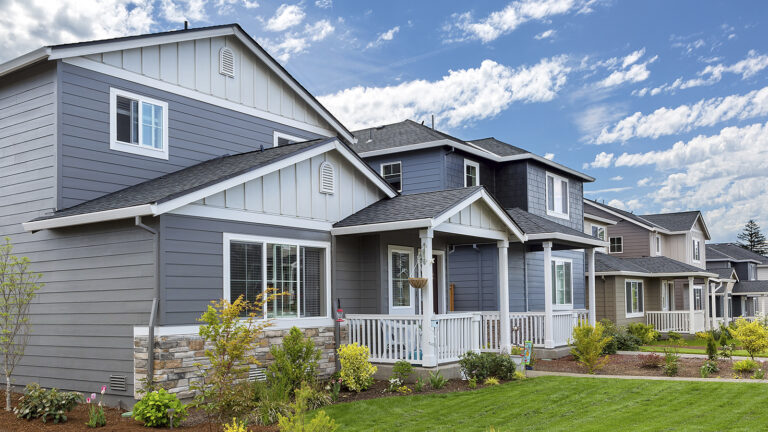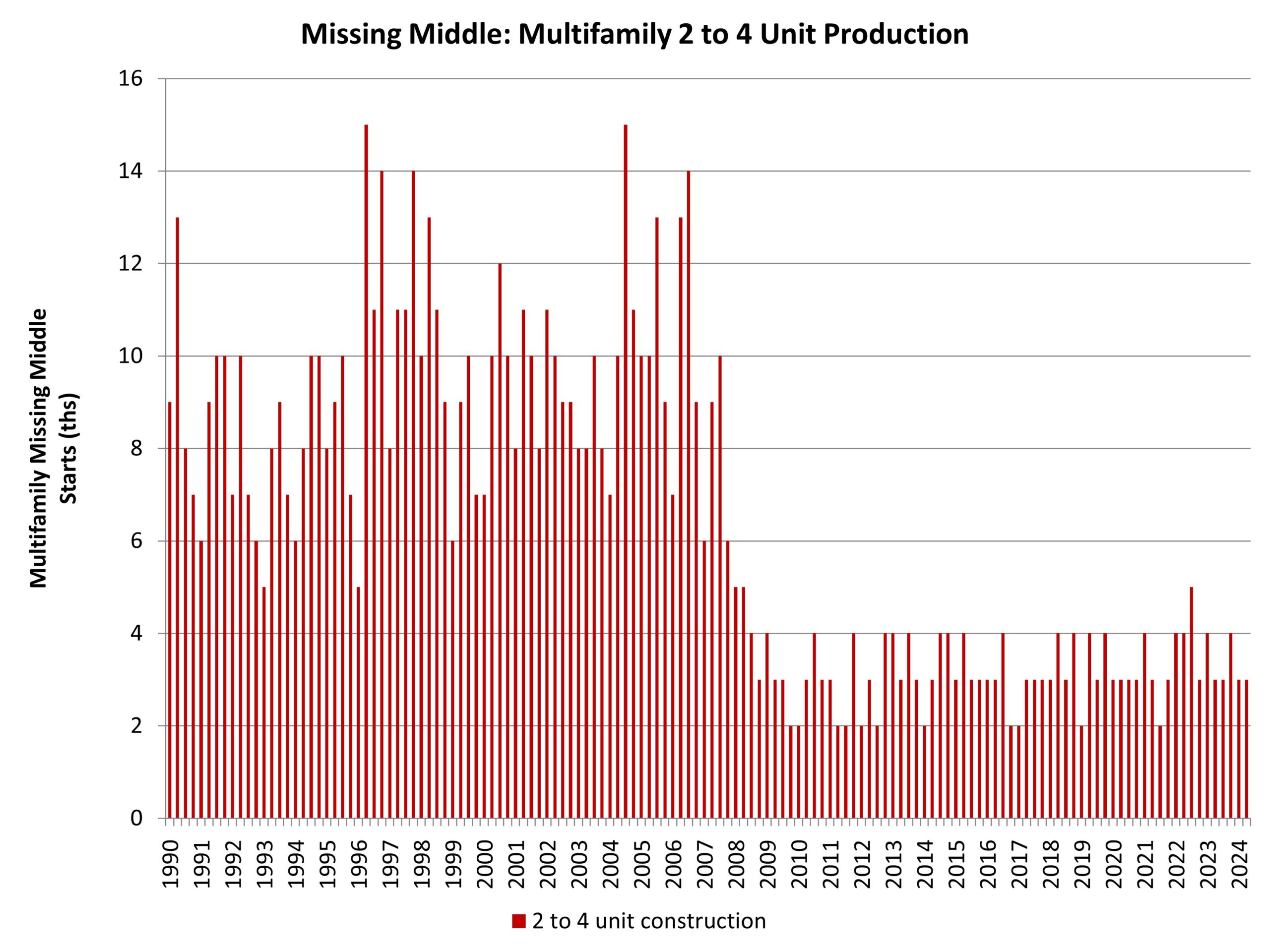Confidence in the market increased for multifamily developers in the second quarter of 2025, according to the Multifamily Market Survey (MMS) released today by the National Association of Home Builders (NAHB). The MMS produces two separate indices. The Multifamily Production Index (MPI) was up two points year-over-year to 46. The Multifamily Occupancy Index (MOI) had a reading of 82, up one point year-over-year.
Multifamily developer confidence experienced a slight increase compared to last year, most notably from the subsidized subcomponent. This is due in part to optimism surrounding the expansion of federal affordable housing resources flowing from the recent congressional reconciliation bill. However, high interest rates, rising construction costs, limited land availability and restrictive local regulations are still significant issues in certain parts of the country. Even with these headwinds, multifamily starts are becoming less constrained as the number of apartments under construction falls and normalizes. As a result, NAHB is forecasting starts to be modestly higher in 2025 compared to 2024, but well below levels experienced in 2023.
Multifamily Production Index (MPI)
The MMS asks multifamily developers to rate the current conditions as “good”, “fair”, or “poor” for multifamily starts in markets where they are active. The index and all its components are scaled so that a number above 50 indicates that more respondents report conditions as good rather than poor. The MPI is a weighted average of four key market segments: three in the built-for-rent market (garden/low-rise, mid/high-rise, and subsidized) and the built-for-sale (or condominium) market.
Two components experienced year-over-year increases: the component measuring subsidized units jumped 10 points to 61 and the components measuring mid/high-rise rose seven points to 36. The component measuring garden/low-rise and built-to-sale units both fell three points year-over-year to 50 and 35, respectively.
Multifamily Occupancy Index (MOI)
The survey also asks multifamily property owners to rate the current conditions for occupancy of existing rental apartments, in markets where they are active, as “good”, “fair”, or “poor”. Like the MPI, the MOI and all its components are scaled so that a number above 50 indicates more respondents report that occupancy is good than report it as poor. The MOI is a weighted average of three built-for-rent market segments (garden/low-rise, mid/high-rise and subsidized).
Two of the three MOI components experienced year-over-year increases in the second quarter of 2025. The component measuring subsidized units rose by five points to 90 and the garden/low-rise component increased two points to 84. Meanwhile, the component measuring mid/high-rise units fell three points to 73. Nevertheless, all three MOI components remain well above the break-even point of 50.
The MMS was re-designed in 2023 to produce results that are easier to interpret and consistent with the proven format of other NAHB industry sentiment surveys. Until there is enough data to seasonally adjust the series, changes in the MMS indices should only be evaluated on a year-over-year basis.
Please visit NAHB’s MMS web page for the full report.
Discover more from Eye On Housing
Subscribe to get the latest posts sent to your email.
This article was originally published by a eyeonhousing.org . Read the Original article here. .





